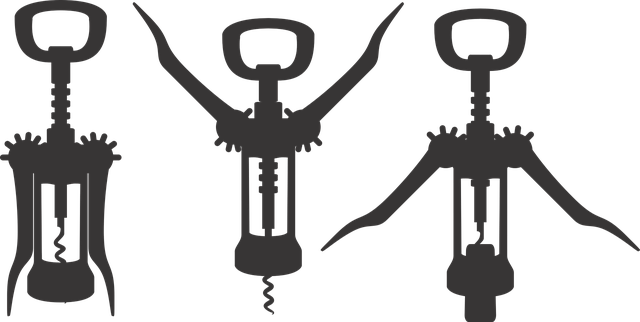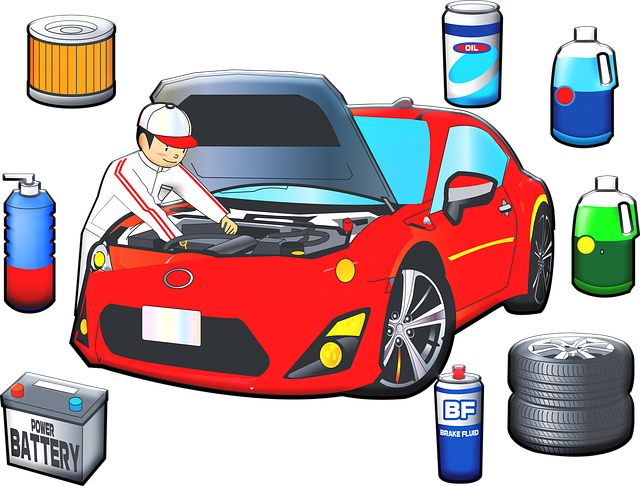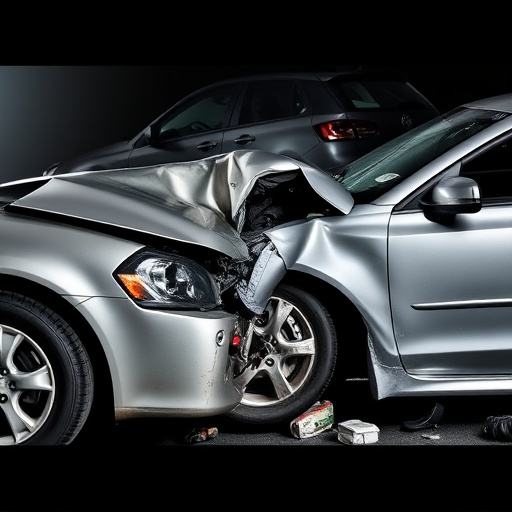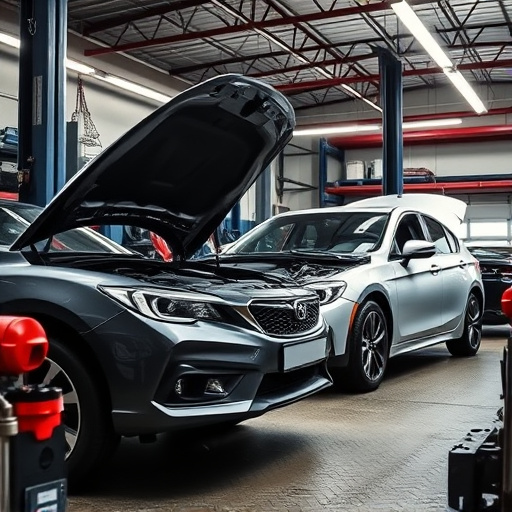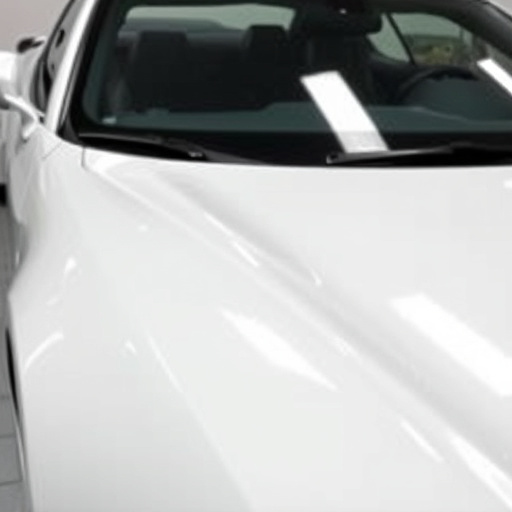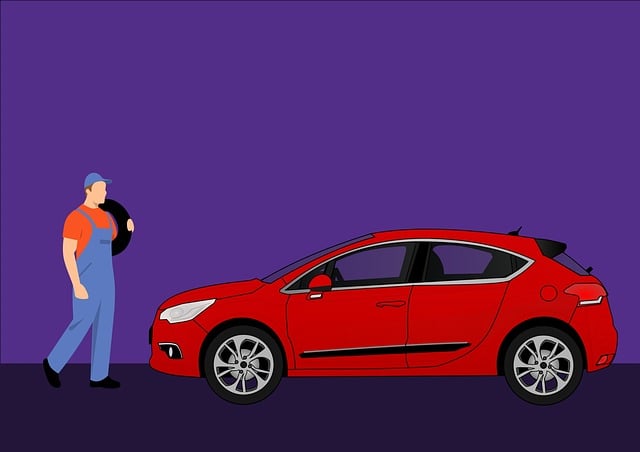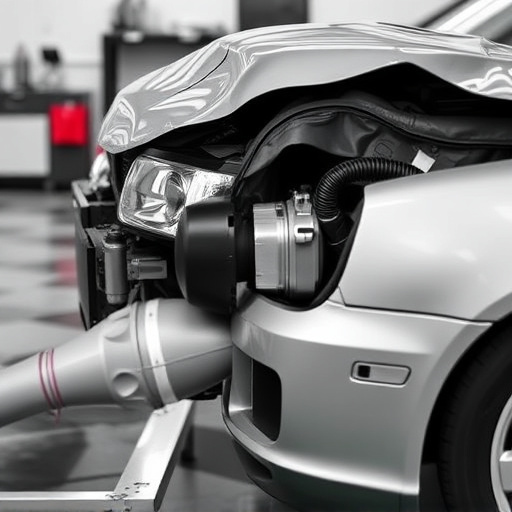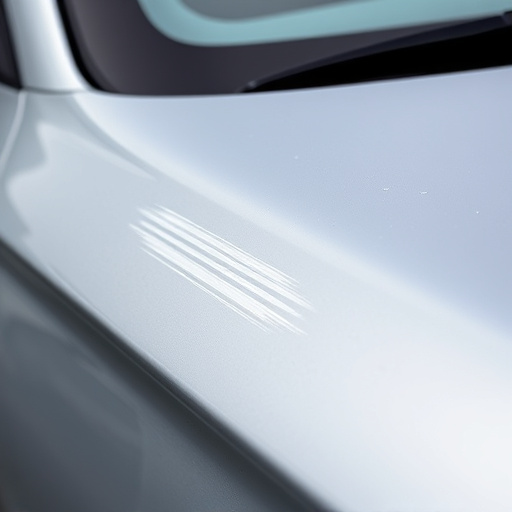The ideal time for a post-interior trim repair collision follow-up is one to two weeks after repair, allowing adequate curing time for adhesives and enabling thorough inspections. This timing facilitates accurate assessment of the entire repair process and addresses customer concerns about safety, comfort, visual appeal, and structural soundness. Key factors influencing the monitoring period include damage severity, vehicle usage patterns, weather conditions, repair complexity, and access to skilled services. Effective communication, including confirming repair completion, providing clear instructions, and offering ongoing support, builds trust and encourages future business for interior trim repair collision services.
“Unsure about the optimal time to schedule a follow-up after interior trim repair on your collision? This comprehensive guide delves into the crucial considerations. We explore the timing of post-repair appointments, factoring in vehicle complexity and extent of damage. Learn how various elements influence scheduling decisions and discover best practices for seamless communication with your mechanic post-repair. Maximize your interior trim restoration experience with these essential insights.”
- Understanding the Timing of Follow-Up Appointments
- Factors Influencing the Scheduling Decision
- Best Practices for Effective Communication Post-Repair
Understanding the Timing of Follow-Up Appointments
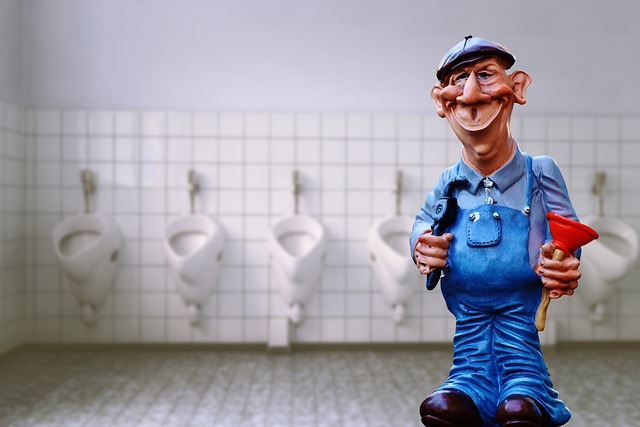
The timing of a follow-up appointment after interior trim repair collision is crucial to ensure the work is done right and meets customer expectations. Ideally, a follow-up visit should be scheduled one to two weeks after the initial repair. During this period, the repaired areas have had enough time to cure completely, especially for adhesive or bonding agents used in the process. This allows technicians to thoroughly inspect the work, identifying any potential issues that may not have been apparent during the initial repair phase.
Knowing the right timing also facilitates a more accurate assessment of the overall repair process, including any dependencies on other services like vehicle paint repair, fender repair, or auto glass repair. It provides an opportunity to address any outstanding concerns and make adjustments if necessary, ensuring the interior trim is not only visually appealing but also structurally sound, enhancing the safety and comfort of the vehicle’s occupants.
Factors Influencing the Scheduling Decision
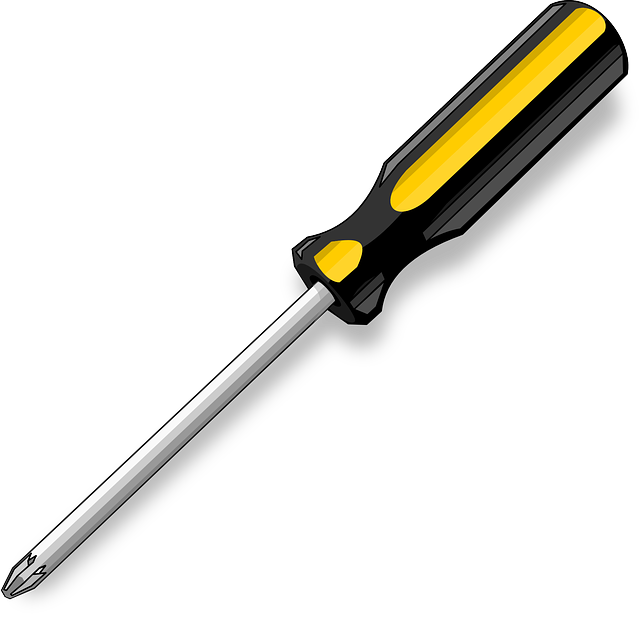
When deciding on a follow-up schedule after interior trim repair for a collision, several factors come into play. The extent of the initial damage is a primary consideration; complex repairs might require more frequent checks to ensure proper healing and alignment. Additionally, the client’s vehicle usage patterns should be taken into account; high-mileage vehicles or those used in harsh conditions may necessitate more regular servicing. Weather conditions are another critical variable, especially for regions with extreme temperatures or significant weather fluctuations, as these can impact the curing process of adhesives and coatings used during repairs.
Furthermore, the complexity of the interior trim repair collision itself plays a role. Simple fixes might only need a brief assessment after initial restoration, whereas intricate restyling or replacement jobs could demand a more extended monitoring period. It’s also essential to factor in the availability and expertise of car bodywork services, tire services, and collision repair services that can provide ongoing support and address any unforeseen issues promptly.
Best Practices for Effective Communication Post-Repair
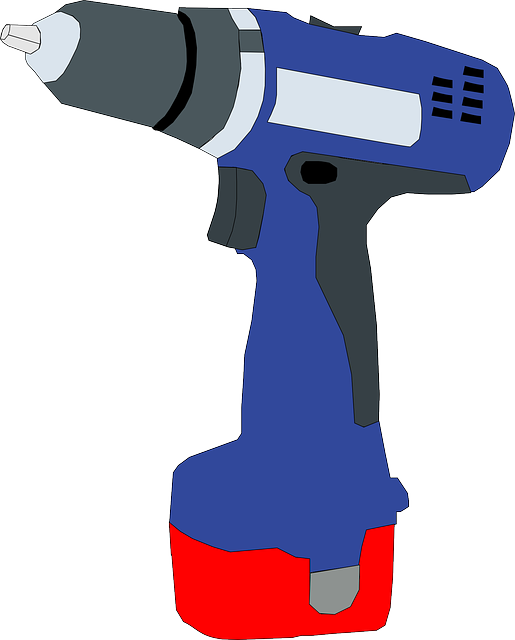
Effective communication is a key component to ensuring customer satisfaction after an interior trim repair collision. The first step is to promptly confirm the completion of the repair with the client, providing a clear and detailed overview of the process and any necessary care instructions. This could be done via phone call or text message, ensuring the client feels informed and at ease.
Additionally, it’s beneficial to offer ongoing support by staying accessible for any questions or concerns that may arise post-repair. Implementing a simple follow-up system where clients can easily reach out to your collision repair services demonstrates professionalism and care. This proactive approach can help build trust and encourage future business, fostering a positive reputation for your vehicle paint repair and car dent repair expertise.
When scheduling a follow-up after interior trim repair collision, it’s crucial to balance prompt attention with allowing adequate time for the repair to set. Understanding the specific factors involved in each case enables efficient decision-making. Effective communication post-repair ensures client satisfaction and allows for addressing any concerns promptly. By adhering to best practices, you can create a seamless experience, fostering trust and confidence in your collision repair services.

